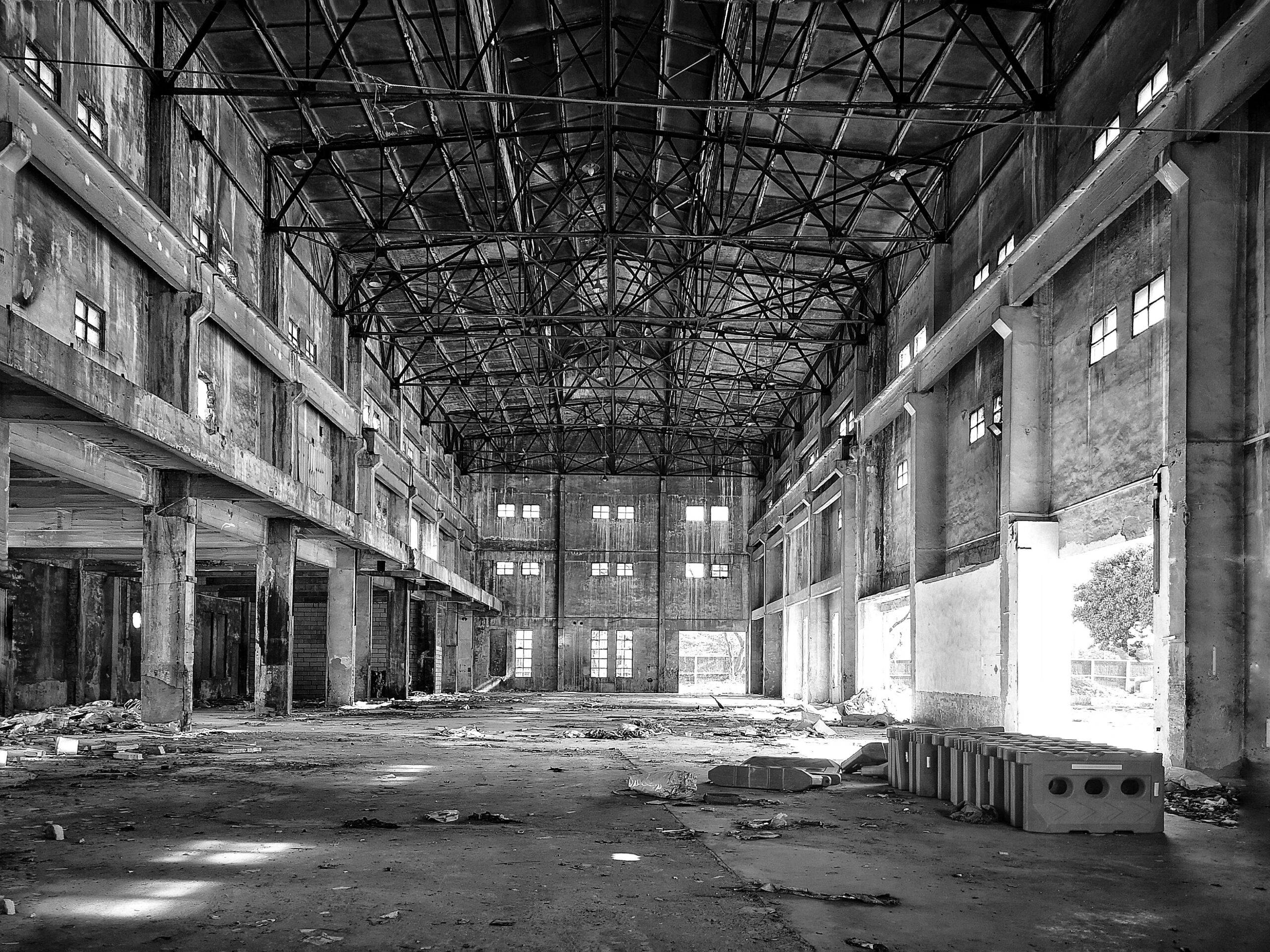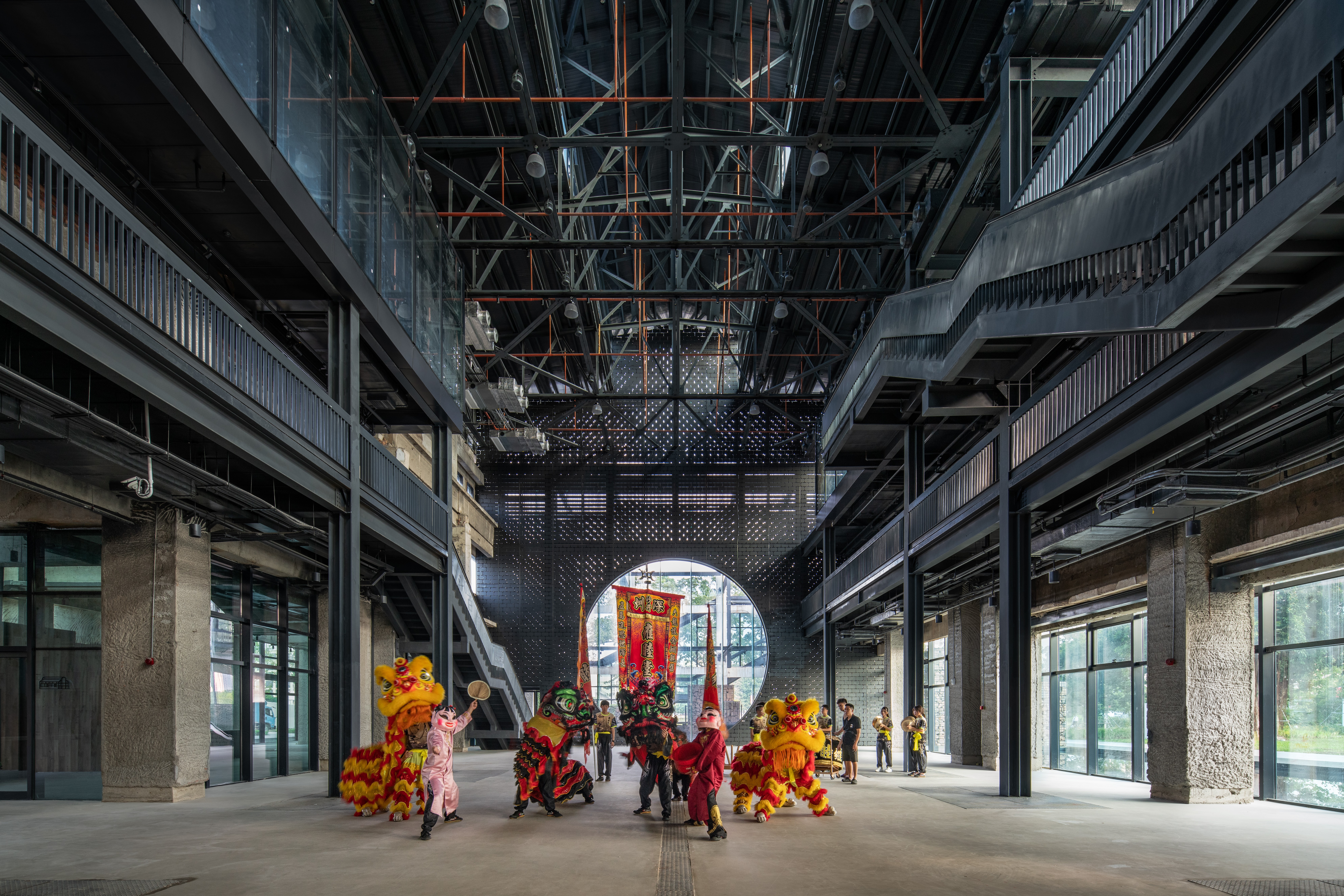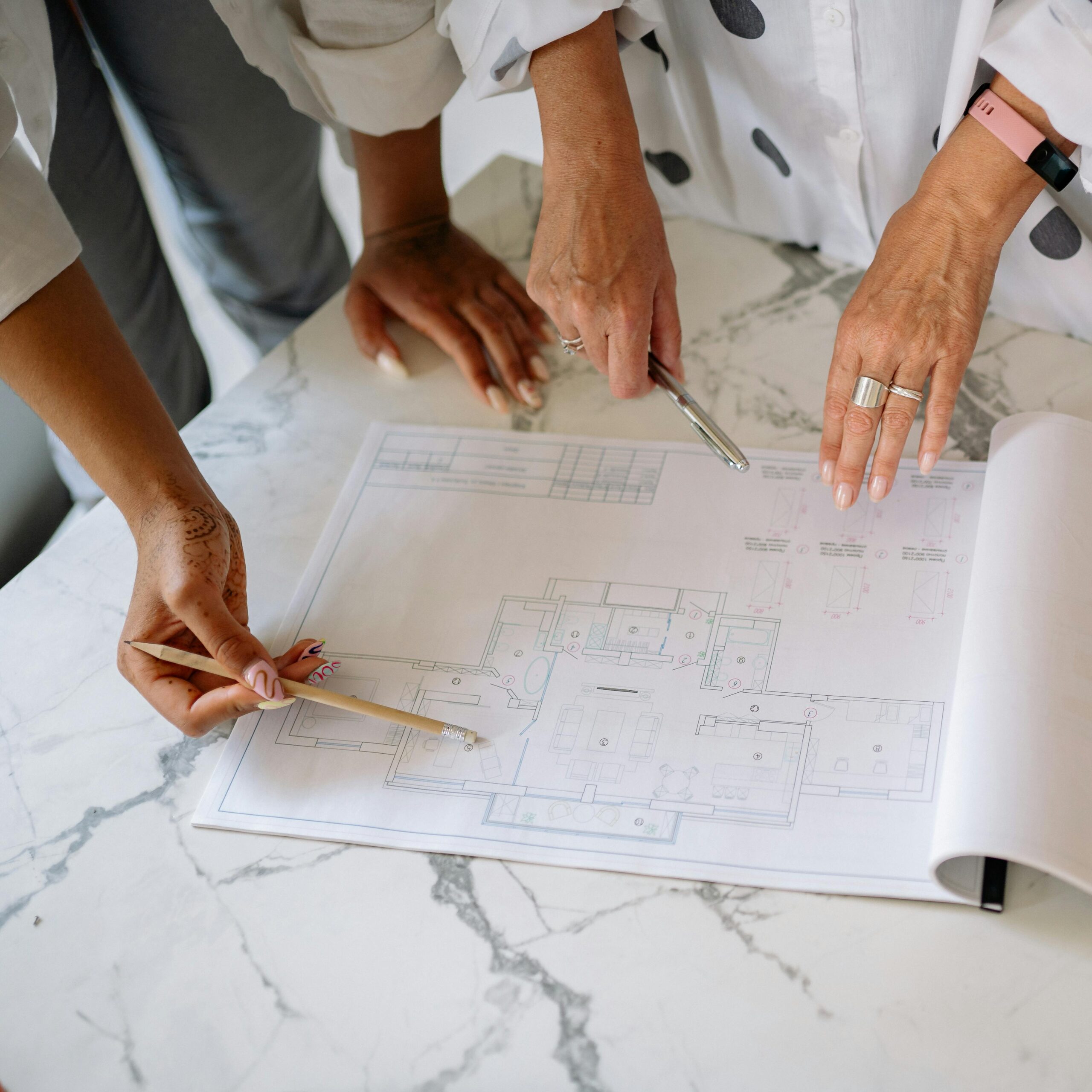Calling all architects to join the conversation! Rate and review your favorite design softwares and hardwares on Architizer’s Tech Directory, a new library of tech tools for designers.
Have you ever wondered why potential clients seem to lose interest during your pitch? Or why your website and social media visitors don’t really stick around or engage? Even if you haven’t faced these specific issues, you’ve probably found yourself in a situation where you and your client just can’t seem to get on the same page.
But why is this happening? And, more importantly, what is the key to getting past it? The truth is simple — it all boils down to better communication. As visually imaginative and detail-oriented as architects are, we sometimes get so wrapped up in our lingo that we forget how to use simple, everyday words. So, no matter how amazing our designs are (and they are pretty amazing), communicating their value often gets lost in translation.
Why is this a big deal, you ask? Because, in the real world, architecture isn’t just about being creative, it’s also a business. And communicating your business’s value is crucial, particularly when it comes to attracting the right clients. After all, with the right clients, you can work on projects that truly excite you, avoid wasting time on proposals that don’t go anywhere and steer clear of endless feedback loops that result from misunderstandings.
In other words, attracting the right clients ensures your work aligns with your passion, optimizes your time and minimizes stress for both parties.
With that in mind, this article will offer a few friendly tips on how to cut through jargon, simplify your ideas and speak your client’s language. Because at the end of the day, architecture is about creating connections — not just between spaces, but between people too.
First Things First, Work on Your Website

Photo by Tranmautritam via Pexels
Your website often serves as the initial point of contact with potential clients. It’s where impressions are formed and it plays a crucial role in either attracting interest or unintentionally turning people away.
The problem is that many architects treat their websites like personal art exhibitions. They aim for standout visual designs or avant-garde interfaces that, while visually impressive, can be difficult to navigate for the average visitor. This strategy might work for world-renowned firms where reputation precedes functionality, but for most of us, it can create barriers.
Yes, your website should reflect your firm’s creativity and aesthetic sensibility, but not at the expense of usability. Instead, simplification and functionality should be your guiding principles.
Here’s what you can do:
- Navigation and Layout: Ensure your website is easy to navigate with clear menus and straightforward layouts.
- Project Presentation: Group projects logically and provide concise overviews that highlight challenges, solutions, and impacts. Use quality visuals to tell each project’s story.
- Regular Updates: Keep content fresh with new projects and updates to show your firm’s active engagement.
- Contact Information: Make your contact details readily available to encourage inquiries.
By focusing on clarity, accessibility, and regular updates, your website will not just showcase your projects but also clearly communicate your value, inviting the right clients to connect with you.
Use Accessible Language to Present Your Work
Perhaps the most bewildering aspect for our clients is when we slip into “archi-speak” — a language we’ve become all too comfortable with through years of architectural education and professional practice. It’s second nature to us, yet often completely alien to those we’re trying to communicate with. So, why not simplify?
Instead of talking about “leveraging natural light through strategic fenestration,” let’s say we’re “making your room brighter so it’s more cheerful and energy-efficient.”
Remember, what works in architectural circles doesn’t always translate well outside of them. When you’re with clients, it’s about being clear and straightforward. It’s about explaining your vision in a way that excites them, not confuses them.
This shift from complex to simple doesn’t dumb down your ideas. On the contrary, it makes them accessible and engaging. It shows you’re not just an architect; you’re someone who solves problems in creative ways that improve everyday life.
Highlight the Real-World Impact of Your Projects

Shajing Village Hall by ARCity Office, China / BEFORE

Shajing Village Hall by ARCity Office, China / AFTER
When showcasing your work, the emphasis should be on the problems your clients faced and how your designs provided solutions. Instead of dwelling on the technical or theoretical intricacies, illustrate the client’s challenge and the tangible benefits your project delivered.
Your project copy should narrate a story of transformation, focusing on the client’s issue — like the need for a more functional living area — and detailing how your design solved it, such as by integrating flexible spaces that adapt to various family activities.
This client-centered narrative not only makes your portfolio more compelling but also demonstrates to potential clients your commitment to addressing their unique needs and challenges.
Personalize Your Proposals
When it comes to your proposals, forget the one-size-fits-all approach. Generic templates might save time, but they risk making clients feel undervalued.
Instead, listen closely during initial meetings to tailor your proposals. Highlight how you plan on addressing their specific dreams and challenges, showing you’ve paid attention and understand their vision.
Personalized proposals underscore your commitment, demonstrating to clients that you’re not just offering a service, but a bespoke solution crafted just for them. This careful attention to detail in aligning your proposal with their unique needs does more than impress — it builds trust and showcases your dedication to truly meeting their goals.
Keep Clients in the Loop
We sometimes get so caught up in our vision that we end up sidelining our clients. But when it’s time to present the final design, this gap can lead to misunderstandings. The solution? Include clients from the start. Clearly lay out the process, pinpoint when you’ll need their input and use collaborative tools to keep them engaged.
From the initial concepts to the final touches, ensure the design consistently reflects the client’s specific needs, demonstrating active listening and understanding. Regularly communicate with clients to gather and integrate their feedback during crucial phases of the project.
Moreover, from the beginning, it’s vital to clarify the workflow and collaborative approach, outlining how the project will progress and how their contributions will shape the outcome.
By being transparent about the process and valuing client input throughout, you bridge any gaps between vision and expectation, ensuring the final design is a true collaboration.
Take Advantage of Social Media
Architects often see social media merely as a digital portfolio, missing out on its potential to engage and connect. The real power lies in sharing the entire architectural journey, not just the finished project. By demystifying our process — showing everything from initial sketches to construction hurdles — we invite our audience into our creative world.
Keep in mind, the tips that we’ve offered so far also apply to social media. So, cut through the jargon and keep your project narratives clear and engaging. Focus less on architectural theory and more on your creative process, how you’ve worked together with clients and the real impact of your projects.
And don’t forget to interact with your followers — answer their questions, spark conversations and dive into discussions. This approach doesn’t just make your social media channels more lively but also turns them into great tools to find and connect with the right clients.
In Conclusion —Talk the Talk So You Can Walk the Walk
With all of this in mind, it’s clear that the heart of turning pitches into successful projects lies in our ability to communicate clearly, personalize our approach, and actively involve our clients.
By improving how we showcase our work, from websites to social media, and making sure we’re truly connecting in our communications, we lay the foundation for projects that not only succeed but also create meaningful connections with those we work for.
Calling all architects to join the conversation! Rate and review your favorite design softwares and hardwares on Architizer’s Tech Directory, a new library of tech tools for designers.






